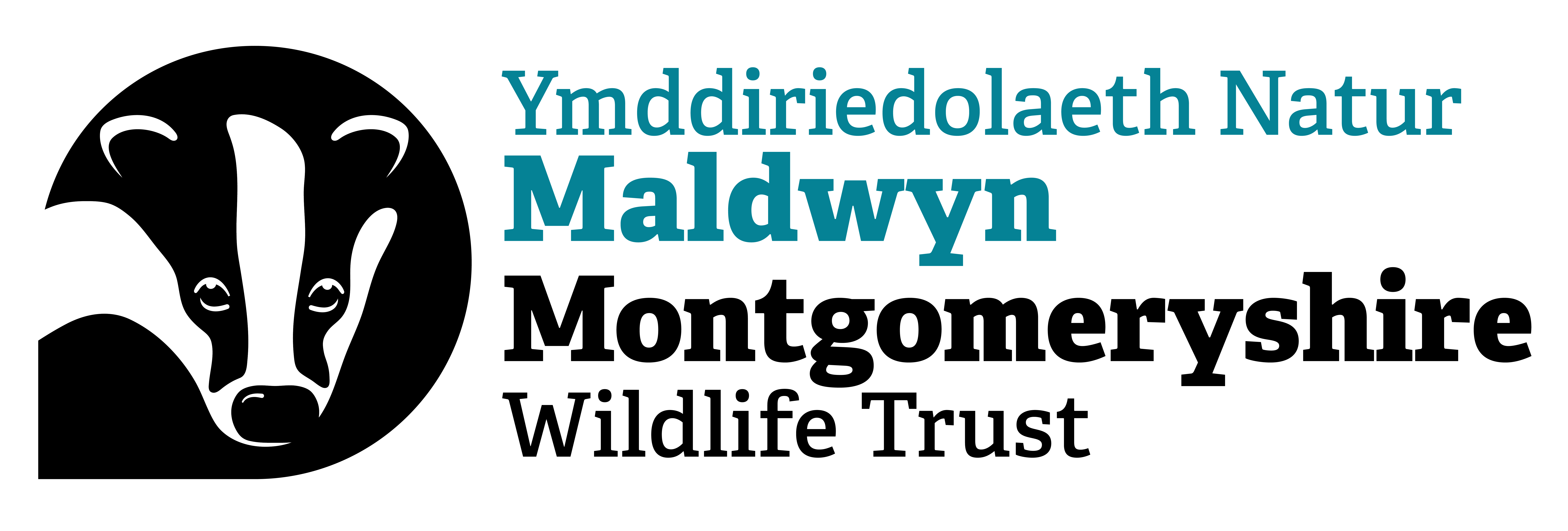Search
Chwilio
How to grow a wild patch or mini meadow
Whether it's a flowerpot, flowerbed, wild patch in your lawn, or entire meadow, planting wildflowers provides vital resources to support a wide range of insects that couldn't survive in…
12 Days Wild - Wildlife Trusts
Get the natural feed-good factor - Go Wild this June!
The Wildlife Trusts and University of Derby evaluate the benefits of daily nature contact with 1,000 people over five years
Goldilocks and the three other meadow buttercups
This year’s cold spring weather has delayed the flowing of many wild flowers and in the case of our four common buttercup species, it has provided a great opportunity to see them all flowering at…
My Wild Life
My Wild Life is The Wildlife Trusts' campaign to collect and share short stories about why nature matters to people.
My back-to-school
As a child growing up in Ghana, Patience never took an interest in what was going on in the garden. Now, she’s growing her own flowers and vegetables every week, both at the Centre for Wildlife…
My secret garden
Rowan loves the fresh smell and sight of the buttercups in the wildflower meadows at Besthorpe. It's a special place because there are precious few spots like this where she can spend time…
Elder
Elder is an opportunistic shrub of woods, hedges, scrub, waste and cultivated ground. Its flowers and berries are edible, but it's best to gather wild food with an expert - try it at a…
Common Ragwort
Lowland dry acid grassland
Sprinkled with diminutive, short-living flowers in spring and parched dry by July, this is a habitat of heathlands, coastal grasslands and ancient parkland.
Ragged-robin
The pink, frayed flowers of Ragged-robin are an increasingly rare sight as our wild wetland habitats disappear. You can help: grow native plants in your garden and enjoy the hum of visiting…
